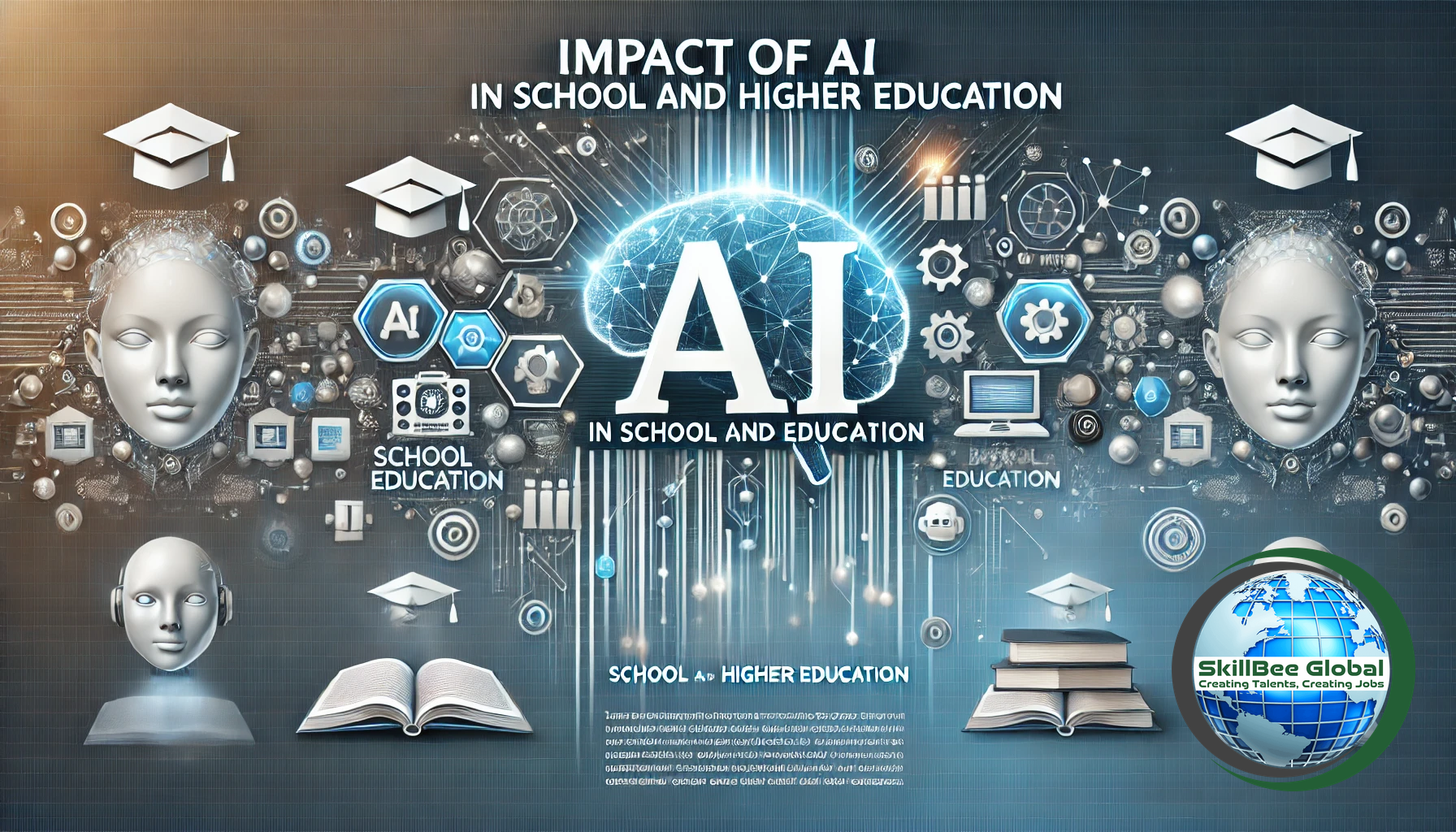
The Fallen Education System and Rote Learning: A Call for Skill-Based Education
In recent years, there has been growing concern about the efficacy of traditional education systems worldwide. Despite the vast resources invested in education, many students graduate without the necessary skills to thrive in the modern job market. This failure is often attributed to a system deeply rooted in rote learning—an outdated approach that emphasizes memorization over critical thinking and practical application. As the global economy evolves, the gap between what is taught in classrooms and what is needed in the workplace continues to widen, leading to widespread unemployment and underemployment among graduates.
The Issues with Rote Learning
1. Lack of Critical Thinking: Rote learning focuses on the memorization of facts and figures rather than encouraging students to think critically or solve problems. This approach stifles creativity and innovation, which are essential in today's rapidly changing world.
2. Disconnection from Real-World Applications: Traditional education often fails to connect theoretical knowledge with practical applications. Students may know the facts but struggle to apply them in real-world scenarios, rendering their education less valuable in the job market.
3. Inadequate Preparation for the Workforce: Employers increasingly seek candidates with skills such as problem-solving, collaboration, and adaptability—traits that are not fostered by rote learning. This mismatch leaves many graduates ill-prepared for the demands of the modern workplace.
4. Lack of Engagement: Students engaged in rote learning often find the process tedious and uninspiring. This disengagement can lead to a lack of motivation, higher dropout rates, and ultimately, a disservice to both the individual and society.
5. Outdated Curriculum: Many educational systems still rely on curricula that were designed decades ago, without sufficient updates to reflect the skills needed in today's digital and global economy. This further entrenches the gap between education and employability.
Strategies for Adapting Skill-Based Education
To address these issues and better prepare students for the job market, educational institutions and policymakers must shift from a rote learning model to a skill-based education system. Here are some strategies to achieve this:
1. Integrate Practical Learning: Incorporate hands-on projects, internships, and real-world problem-solving into the curriculum. This approach ensures that students not only learn concepts but also understand how to apply them in practical scenarios.
2. Focus on Soft Skills: Develop courses and activities that enhance soft skills such as communication, teamwork, leadership, and emotional intelligence. These skills are highly valued by employers and are often the differentiators in career advancement.
3. Customize Learning Paths: Recognize that every student has unique strengths and career aspirations. Offer personalized learning paths that allow students to focus on areas that align with their interests and the demands of the job market.
4. Incorporate Technology: Leverage modern technology, such as online platforms and simulations, to provide interactive and engaging learning experiences. Technology can also facilitate continuous learning and skill development outside the classroom.
5. Collaborate with Industry: Establish partnerships with businesses and industry leaders to ensure that the curriculum is aligned with current market needs. Industry collaboration can also provide students with exposure to real-world challenges and expectations.
6. Encourage Lifelong Learning: Foster a culture of continuous education and upskilling, encouraging students to view learning as an ongoing process rather than something that ends with graduation. This mindset is crucial in a rapidly evolving job market.
7. Promote Critical Thinking: Shift the focus from memorization to critical thinking and problem-solving. Encourage students to ask questions, analyze data, and explore multiple perspectives rather than simply regurgitating information.
8.Update Curriculum Regularly: Ensure that educational content is regularly reviewed and updated to reflect changes in technology, industry practices, and societal needs. This responsiveness is key to maintaining the relevance of education.
9. Assess Skills, Not Just Knowledge: Move beyond traditional exams and grades to assess students based on their ability to demonstrate skills and competencies. Practical assessments, such as portfolios and project presentations, can provide a more accurate measure of a student's readiness for the workforce.
10. Promote Vocational Training: Encourage vocational education and training (VET) as a viable alternative to traditional academic pathways. VET programs can provide students with specific, job-ready skills that are in high demand.
Conclusion
The traditional education system, with its emphasis on rote learning, is increasingly failing to meet the needs of students and the job market. To ensure that graduates are equipped with the skills necessary to succeed in the modern economy, a fundamental shift toward skill-based education is essential. By integrating practical learning, focusing on soft skills, and collaborating with industry, educational institutions can bridge the gap between education and employment, preparing students not just to find jobs but to excel in their chosen careers.
SKILLBEE GLOBAL
visit
https://jobs.skillbeeglobal.com
Comments (0)
Categories
Recent posts


Upskilling Employees -Top 10 Benefits ...
8 Aug 2024
The Importance of Skill Education: A ...
8 Aug 2024
Emerging Job Roles and Skills in Demand
8 Aug 2024




